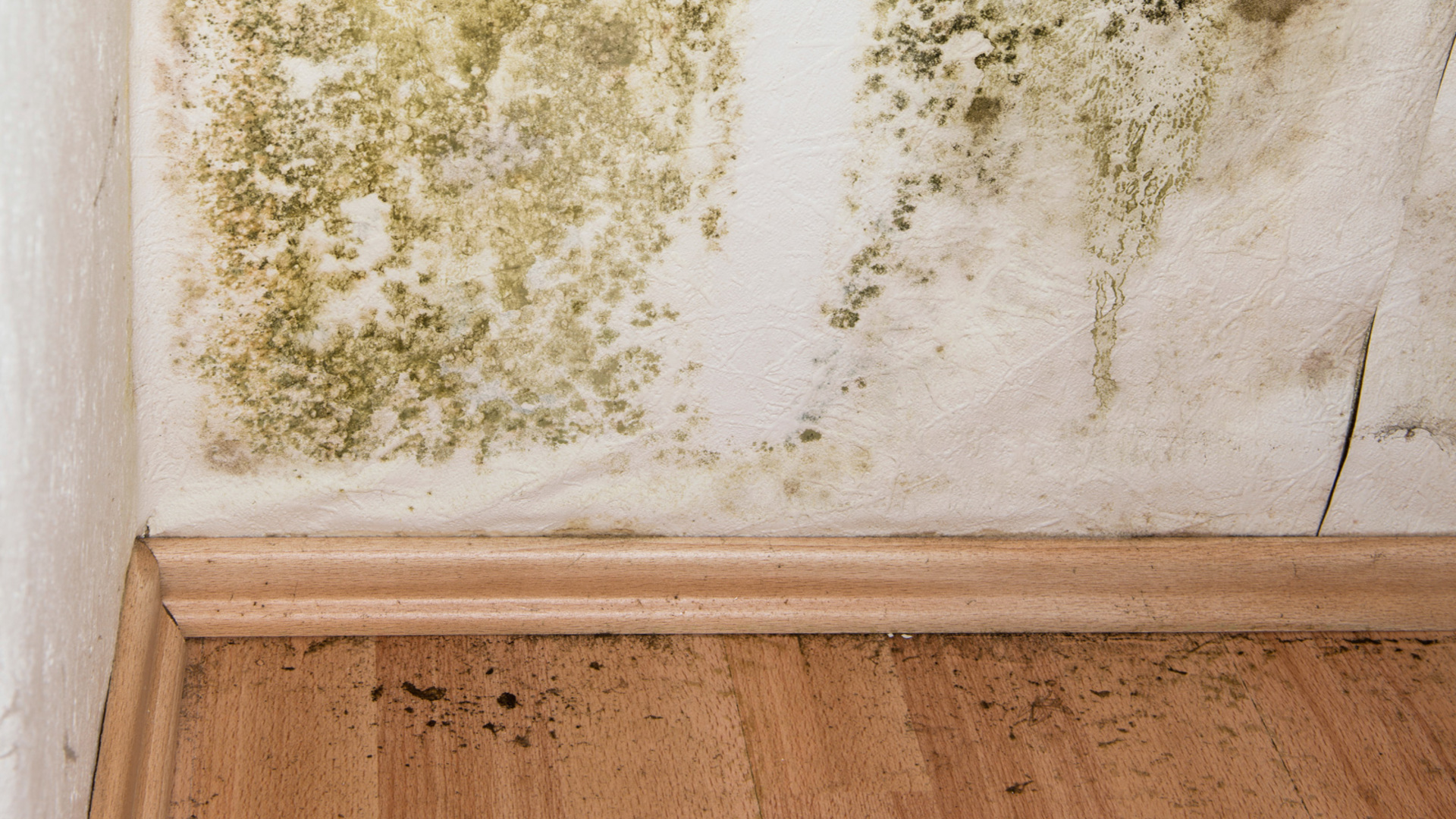
What is Mold?
Mold is a type of fungi that can grow indoors/outdoors and can grow almost anywhere (i.e Drywall, Ceiling Tiles and Wood Products). Mold is most commonly found in food and damp building materials and can spread quickly (24 to 72 hours) as long as it has food & moisture. Roof leaks and poorly managed rainwater drainage are some main contributors to excessive indoor moisture that lead to mold growth inside buildings.
Due to its multicellular nature, indoor mold can release small spores into the air which can be inhaled deep into the lungs. People who may be most affected from mold exposure are children, elderly people, pregnant women, individuals with allergies and asthma, and persons with weakened immune systems.
Fun fact: The number of fungi species types is estimated to range from tens of thousands to three hundred thousand or more!
What are the Side Effects of Mold?
Mycotoxins are harmful metabolites that are produced by some fungi, especially mold. This by-product is released as mold becomes dormant. High exposure to a moldy environment can lead you to develop several health allergies and diseases. Mold can cause many upper respiratory problems such as nasal stiffness, throat irritation, upper respiratory diseases, coughing, wheezing, eye irritation, skin irritation, headaches and the list goes on.
So we know that high levels of mold can be harmful to an individual’s health, but mold can also cause structural damage in buildings. When there are large quantities of mold hiding behind the walls, it has potential to damage building materials, finishes, and furnishings. Legal liabilities and lawsuits are big issues that stem from these types of situations.
Steps to Take if You Discover Mold in Your Buildings
If you believe you are getting sick due to mold at your workplace, you should consult with your healthcare provider for any necessary treatment first. You should notify your employer to take action and remediate the problem as soon as possible. Discovering mold during your projects can cause long delays in your timeline so it is imperative to respond as quickly as possible.
Here are some helpful steps to take:
- Find the source of moisture intrusion and shut off the water if possible
- Immediately start drying out the affected areas
- Isolate the affected areas with poly in order to maximize dry-outs efforts
- Have a consultant inspect the area and provide a scope of work, based on the moisture readings and history of the impacted materials
Our Mold Testing and Inspection Services
One of our specialties is mold and bacteria evaluations that help us determine the extent of the mold contamination which allows our certified environmental health professionals to develop a response and remediation plan to rectify the contamination.
As part of the investigation process, we assess the history of the building materials, perform moisture mapping-non invasive, and test HVAC systems to identify any and all areas of concern. From there we conduct air, surface and/or bulk sampling and in-depth analysis to develop detailed report of the findings.
After testing, we can provide a fully comprehensive remediation plan with recommendations on removing any hazardous mold from your buildings for a healthier working environment.
Contact us to Learn More
Need a high quality mold inspection with responsive results? Contact A-Tech Consulting for more information about our mold testing and inspection services or schedule a consultation to have your buildings tested: https://atechinc.net/services/mold/
References
“Molds in the Environment.” Centers for Disease Control and Prevention,
https://www.cdc.gov/mold/faqs.htm
“Facts About Mold.” American Industrial Hygiene Association,


